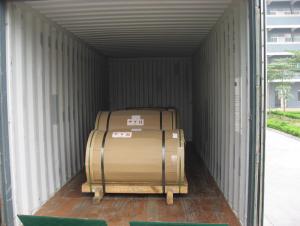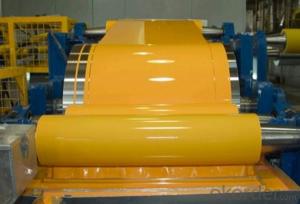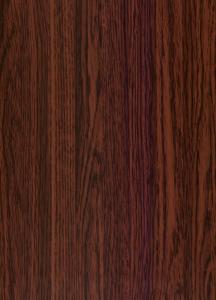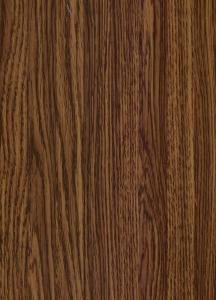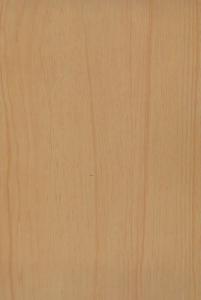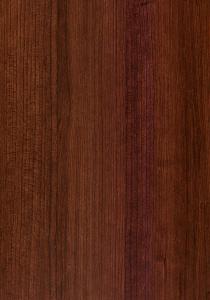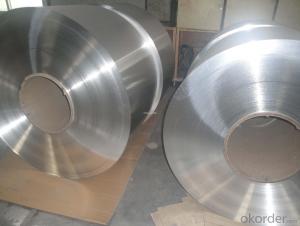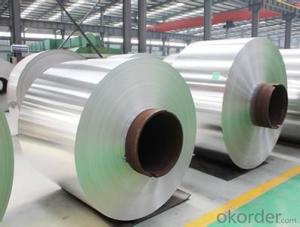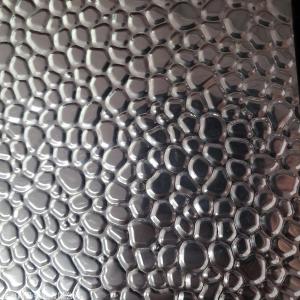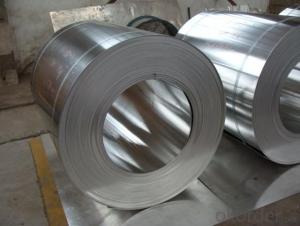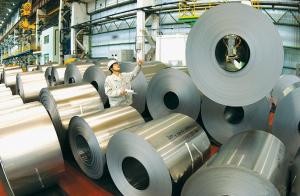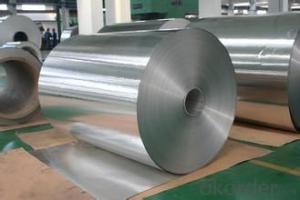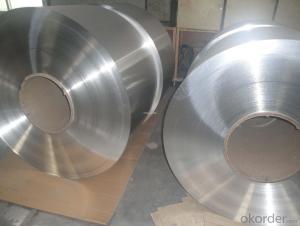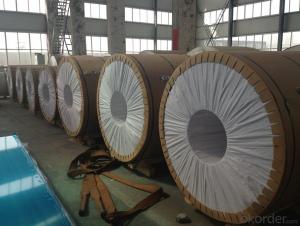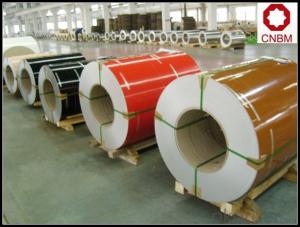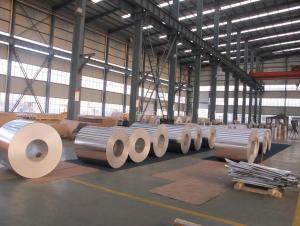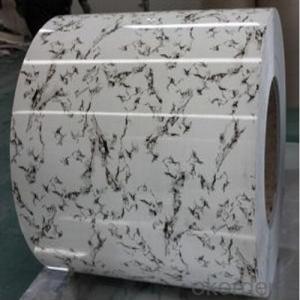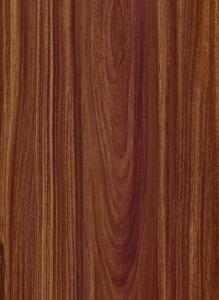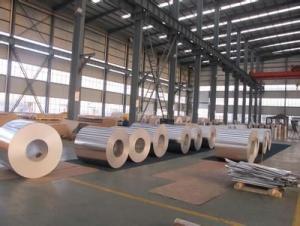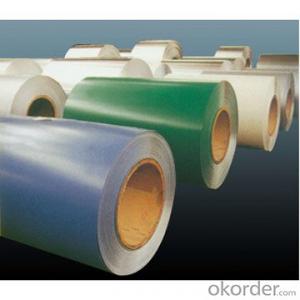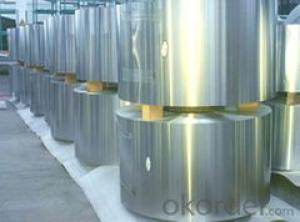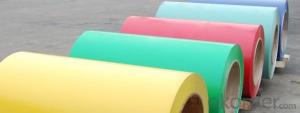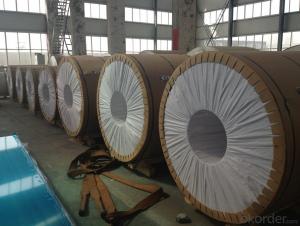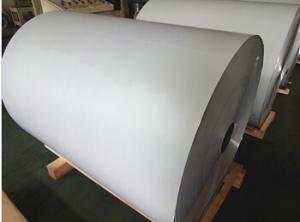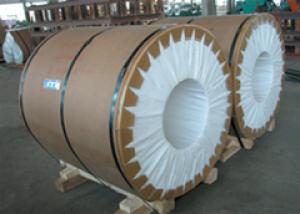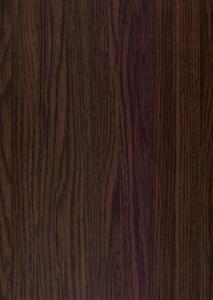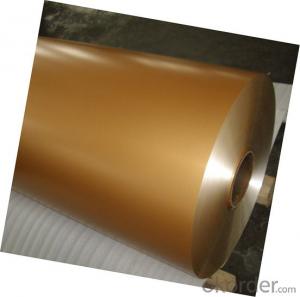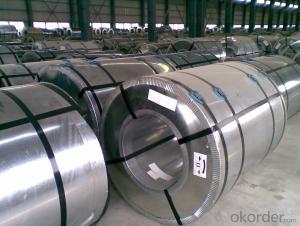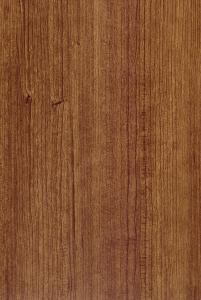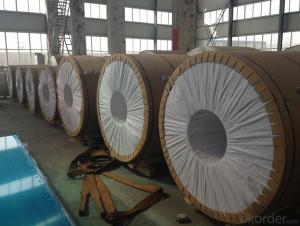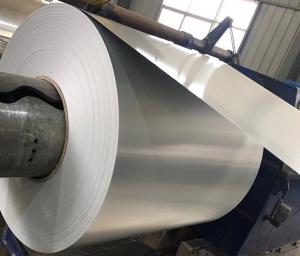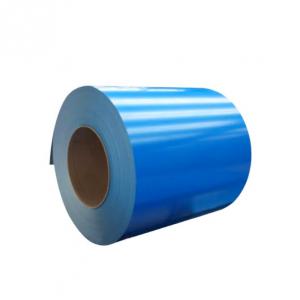Gentek Aluminum Coil
Gentek Aluminum Coil Related Searches
Gentek Aluminum Coil Colors Aluminum Gutter Coil Gutter Aluminum Coil Anodized Aluminum Coil Aluminum Wire Coil Aluminum Sheet Coil Aluminum Ac Coil Aluminum Fin Coil Aluminum Alloy Coil Aluminum Copper Coil Coil Aluminum Aluminum Siding Coil Aluminum Sheet Metal Coil China Aluminum Coil Aluminum A Coil Aluminum Coil Pipe Copper Aluminum Coil Buy Aluminum Coil Polished Aluminum Coil Aluminum Condenser Coil Colored Aluminum Coil Aluminum Strapping Coil Aluminum Roof Coil Vinyl Coated Aluminum Coil Aluminum Gutter Coil Wholesale Roll Aluminum Coil Wood Grain Aluminum Coil Aluminum Voice Coil All Aluminum Coil Menards Aluminum CoilGentek Aluminum Coil Supplier & Manufacturer from China
Gentek Aluminum Coil is a high-quality product that offers excellent performance and durability. It is made from premium aluminum materials and is designed to meet the demands of various industries. This product is widely recognized for its strength, corrosion resistance, and versatility, making it a popular choice for a range of applications.Gentek Aluminum Coil is extensively used in construction, automotive, aerospace, and consumer goods industries. Its lightweight and malleable properties make it ideal for manufacturing parts and components that require high strength-to-weight ratios. Additionally, the product's resistance to corrosion and weathering ensures that it maintains its integrity over time, even in harsh environments. This makes it a reliable choice for both indoor and outdoor applications, where durability and longevity are essential.
Okorder.com is a leading wholesale supplier of Gentek Aluminum Coil, boasting a vast inventory to cater to the needs of various customers. By partnering with Okorder.com, clients can benefit from competitive prices, prompt delivery, and exceptional customer service. This ensures that businesses have access to the high-quality aluminum coil they require, without compromising on quality or efficiency.
Hot Products
